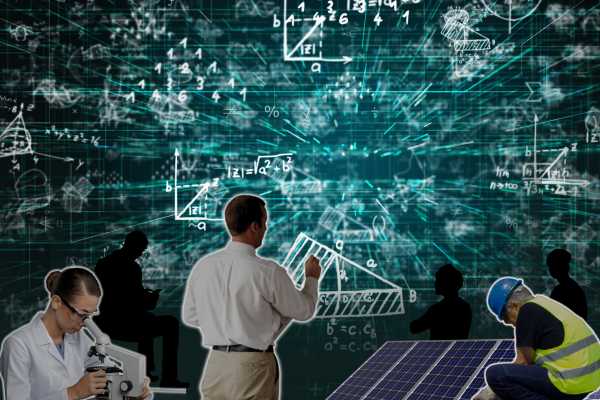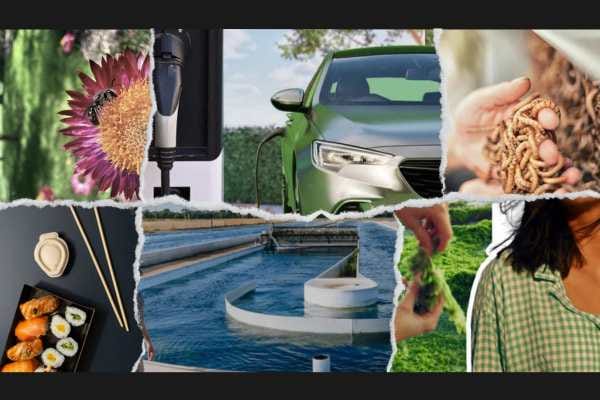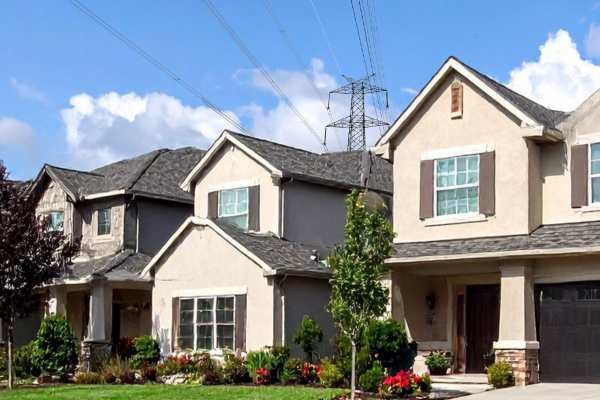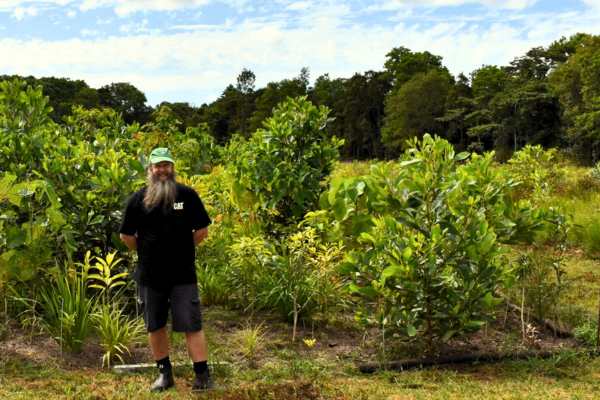Closing the climate skills gap
We explore solutions from a range of industries pushing to fill skill gaps across Australia’s emerging net-zero sectors.

For Australia to meet its climate goals, a well-equipped workforce is essential. Yet skill gaps remain a major challenge across multiple sectors.
The World Economic Forum’s Future of Jobs Report 2025 found that this represents the main obstacle to business transformation between 2025 and 2030 globally, according to 63% of surveyed employers. In Australia, around 65% of employers report current skills shortages, with 45% saying that attracting talent will be a key issue over the next five years.
Feedback from the trades, infrastructure and science sectors points to a range of pressures that collectively threaten to slow Australia’s path to net zero, from shortages of apprenticeships and low confidence among infrastructure professionals to falling STEM engagement in schools.
In response, a series of reports from these groups have outlined targeted strategies to tackle these workforce bottlenecks and deliver a clean energy future.
Powering the trades
Australia’s energy transition is being hampered by a decade-long shortage of qualified electricians, despite soaring student interest, according to the Powering Skills Organisation’s (PSO) 2025 Workforce Plan.
In some cases, there are over 100 applicants for every available spot, according to the report, resulting in too few apprentices entering the field.
The report warns that “the apprenticeship system is the primary source of workforce growth for the energy trades workforce in Australia,” but too few training places mean “issues experienced at this critical end of the talent pipeline have significant and compounding impacts on the ability to grow and skill the energy trades workforce.”
To address the bottleneck, the PSO's plan lists more than 30 actions and policy reforms, including a national apprentice-employer register, mandatory apprentice quotas on major projects, and stronger employer incentives. It also calls for modernised TAFE facilities and updated qualifications to reflect emerging clean energy technologies.
The federal government, meanwhile, has introduced initiatives such as Fee-Free TAFE in priority areas that include clean energy, manufacturing and construction, and a New Energy Apprenticeship program which offers financial support in priority new energy occupations.
Last year, the federal government also committed $91 million over five years to upgrade clean energy training facilities, strengthen the vocational education and training (VET) teaching workforce, and expand access to relevant learning.
Net-zero infrastructure
Infrastructure and buildings account for nearly a third of Australia’s carbon emissions, and they’ll be central to cutting them, according to Infrastructure Australia’s Delivering Net Zero Infrastructure: Workforce Report.
With investment in energy infrastructure set to grow sixfold in the next five years, the report warns that meeting net zero targets will depend on the current workforce being rapidly upskilled.
To deliver on these goals, the infrastructure workforce must expand from 130,000 to around 200,000 by 2030. Yet the challenge is not just numbers: experts say weak coordination between governments, industry and educators, outdated training, and limited workforce mobility are all slowing progress.
“Infrastructure, with workers distributed across the transport, buildings, utilities and resources sectors, is an enabling industry that will support decarbonisation efforts across key sectors of the economy,” the report says.
“While there is currently high awareness of the need to decarbonise infrastructure projects, industry reports low confidence on capacity to deliver on this vision and, for certain occupations, poor understanding of the specific skills that might be called upon.”
Infrastructure Australia outlines four national priorities: better coordination of workforce supply, improved worker mobility between sectors, consistent low-carbon training, and stronger monitoring of workforce capability.
It also calls for industry-wide “carbon management fundamentals” training to lift confidence and align skills with low-emissions infrastructure needs.
Without bold, coordinated action, the report warns, Australia risks missing both its infrastructure decarbonisation and broader net zero goals by 2050.
The science pipeline
Australia’s science and technology workforce is struggling to keep pace with the nation’s future needs, according to the Australian Academy of Science’s Australian Science, Australia’s Future report.
It warns of a deepening skills misalignment that could leave the country unprepared for rapid shifts driven by climate change, artificial intelligence and digital disruption.
“Transitioning to a net-zero economy, and building national resilience against climate impacts, are imperative,” the report says. Yet enrolments and graduations in key STEM fields show “no signs of adaptability or responsiveness,” with participation in mathematics, geoscience and materials science falling even as demand surges.
The Academy also found that Australia is not training enough geoscientists, engineers or materials scientists, while only one in four Year 12 students now studies maths. Declining STEM participation and teacher shortages are further undermining future capability.
“We are in the midst of unprecedented global change,” the report warns, calling for urgent national action to boost STEM enrolments, strengthen teacher training, align education pathways with workforce demand, and invest in eight priority scientific capability areas, including AI, biotechnology, geoscience and climate science.
Without decisive reform, the Academy cautions, Australia risks lacking the sovereign science capability needed to prosper in the decades ahead.
Back to school
The important role of schools in building Australia’s clean energy workforce has also been highlighted as a solution, by empowering students to see themselves in the nation’s energy transition, not just as electricians and engineers, but as communicators, designers, scientists and project leaders.
MCB Business Partners’ Net Z(ed) initiative has this goal in mind, bringing renewable energy and decarbonisation concepts into classrooms through short, curriculum-aligned lessons.
“The challenge for Net Zero businesses is that nothing currently exists to sell or create awareness of the sector to young learners today,” MCB founder and CEO Duncan Burck says. “The market for talent is competitive. If you’re not connecting early, like other industries successfully do, it will be much harder for your industry to stand out and be a top choice for the next generation of workers.”
Working with the NSW Department of Education and industry partners, Net Z(ed) engages Year 7–10 students through hands-on activities such as designing photovoltaic systems, turning climate anxiety into agency, while at the same time collecting data on how lessons influence career aspirations.
Meanwhile, renewable energy company Neoen has taken a digital approach with Futureville, a game created with the Canberra Institute of Technology and Floodlight Content. The game allows students to explore a virtual town powered by renewable energy and meet characters with real-world clean energy jobs.
“When students play Futureville, they see how their decisions impact communities and the environment – it makes renewable energy tangible and exciting,” Neoen’s communications and engagement manager Aarti Seksaria says.
Both programs reflect a growing recognition that the clean energy workforce of tomorrow could begin in today’s classrooms.
Part one of this two-part series explores how jobs are changing – and what’s standing in the way. Read it below.







